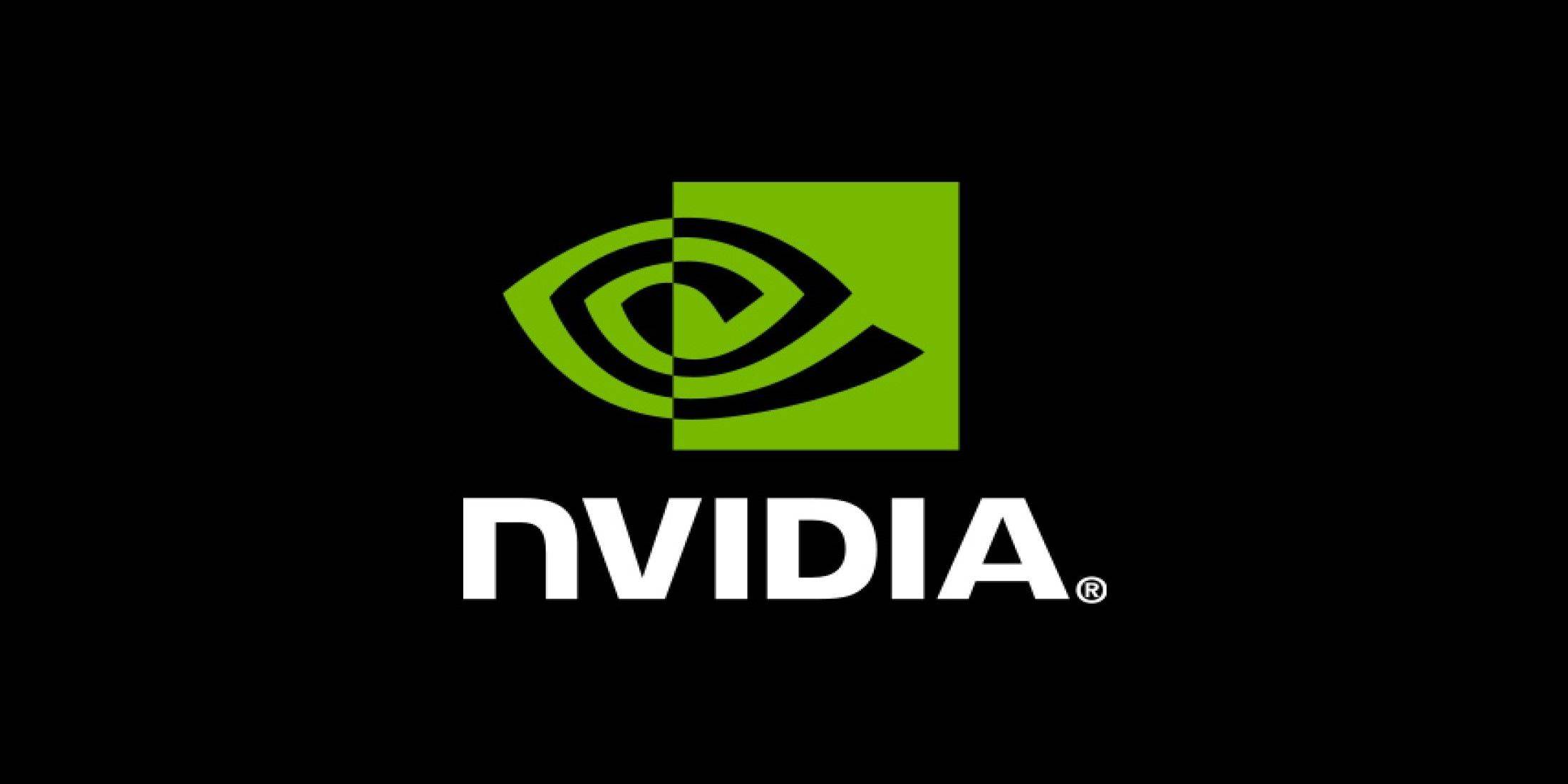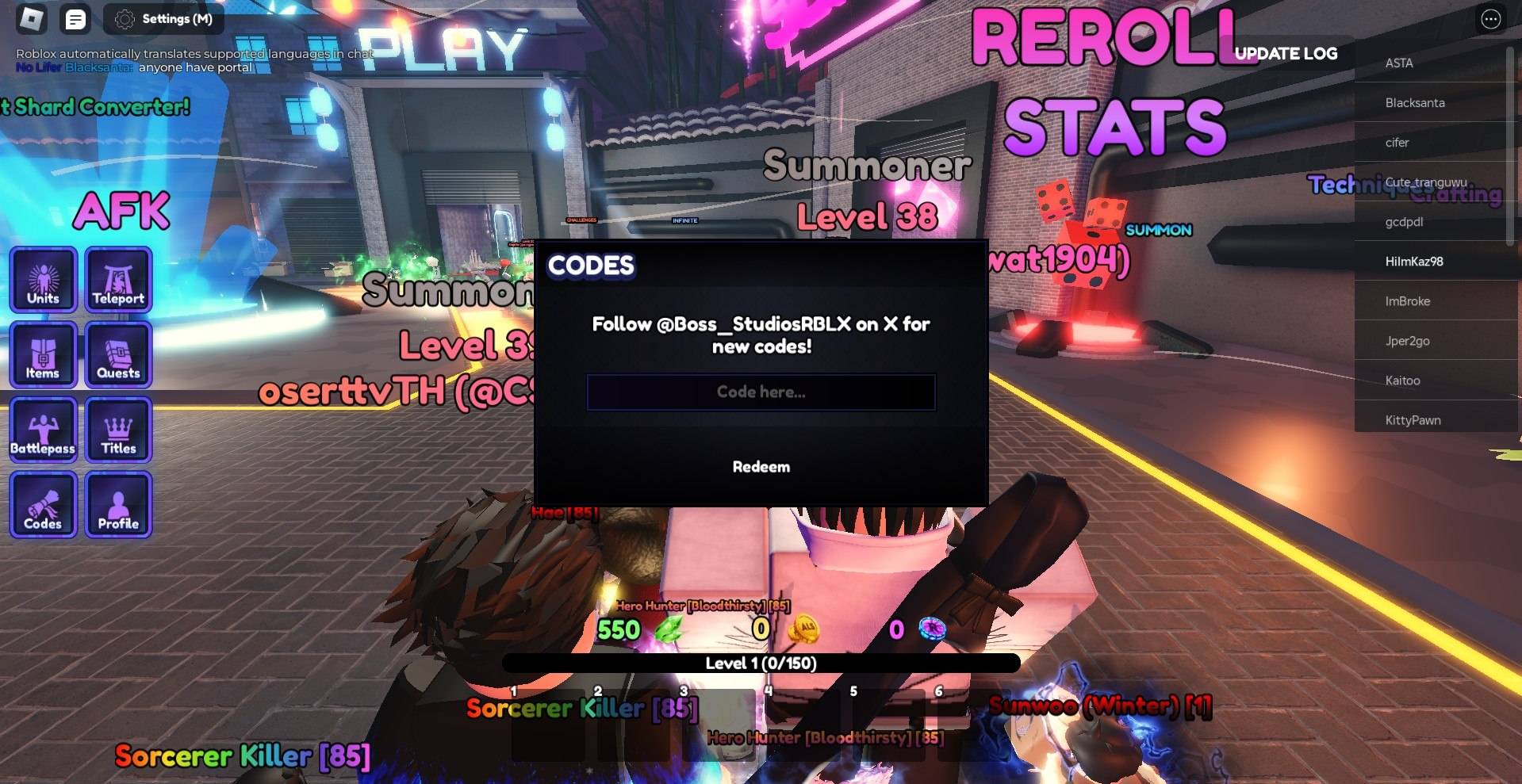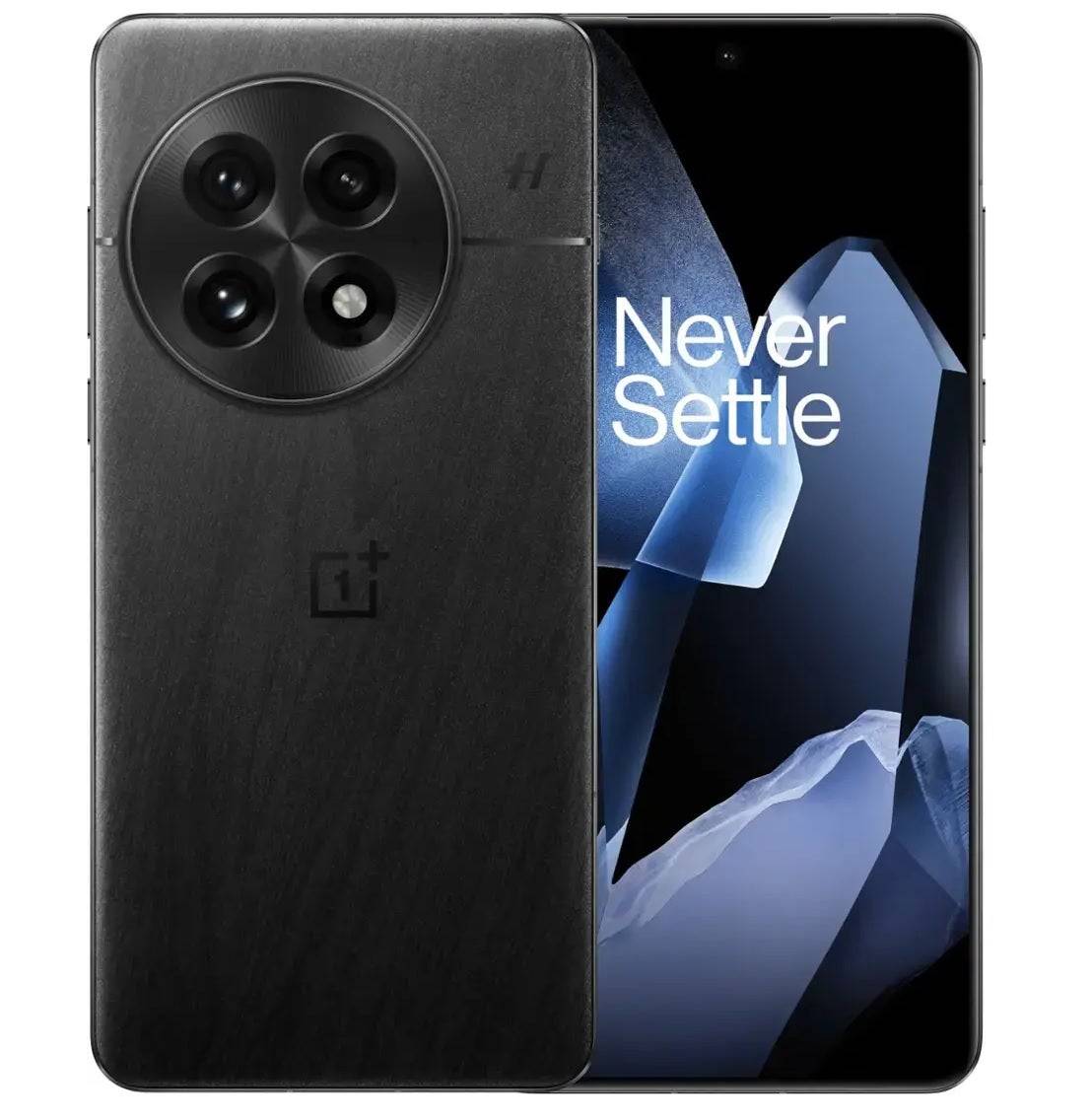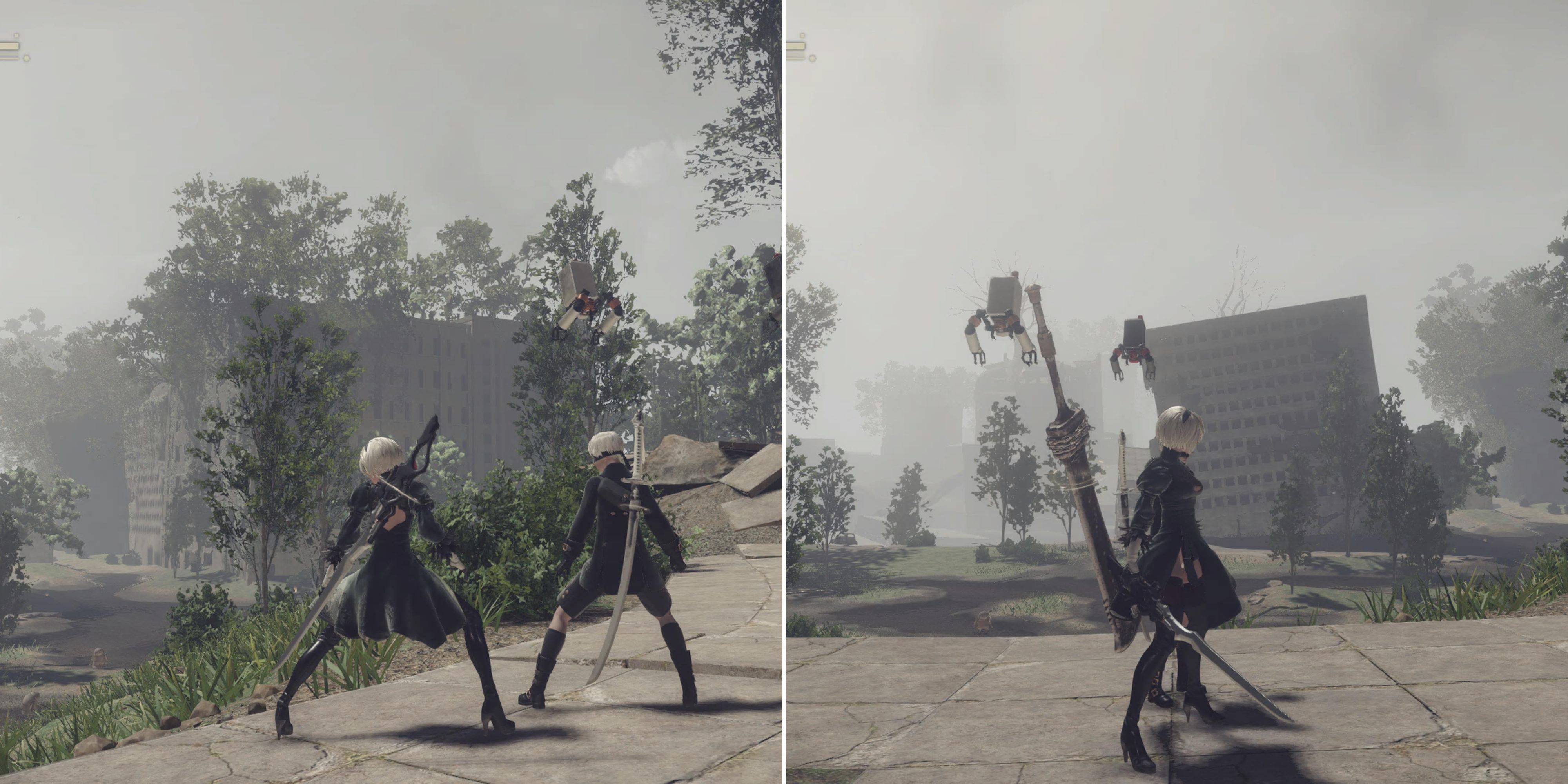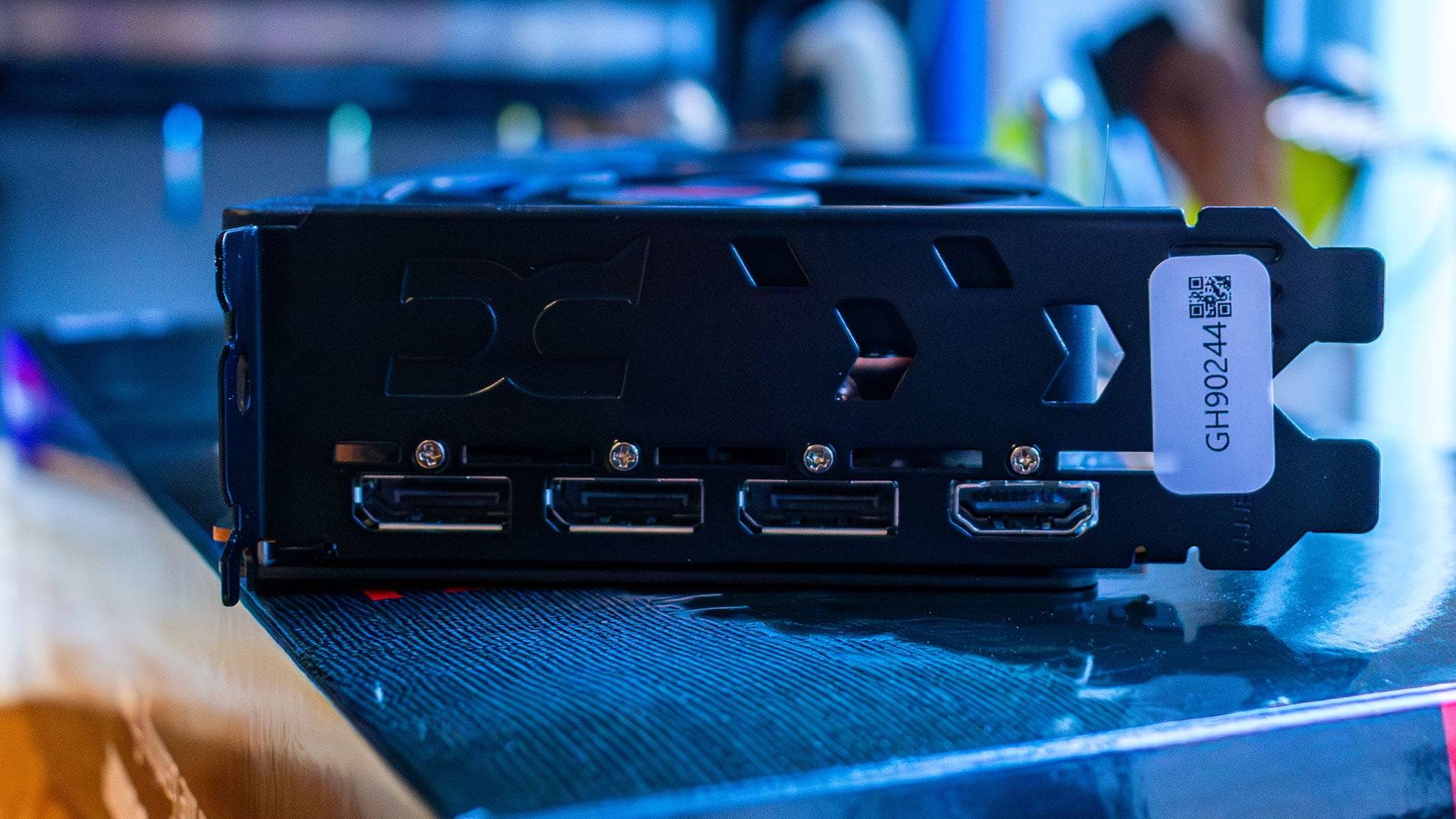RTX 5080 Upgrade on Old Hardware: Rough but Convinced Me of Multi-Frame Generation
The excitement of a new graphics card launch is always thrilling, especially when Nvidia unveiled the RTX 5080 and its cutting-edge DLSS 4 technology. This AI-driven feature promises to push visuals and frame rates to new heights, sparking my interest. However, my trusty old gaming PC, affectionately known as my "grandpa-build," gave me pause. My RTX 3080 had been a reliable companion, delivering a solid 60 fps at 4K on max settings in my favorite games. But as time passed, its performance dwindled to around 30 fps, forcing me to lower settings—a compromise I loathed. I yearned to immerse myself in the full artistic vision of video games, appreciating the meticulous work of their creators. Could my aging system handle the RTX 5080?
To my relief, the Nvidia GeForce RTX 5080 was compatible with my setup, and my 1000-watt PSU was up to the task. Yet, the upgrade wasn't without its challenges. My overall system performance was underwhelming, and despite my reservations about DLSS 4, its multi-frame generation technology left a lasting impact, possibly converting me to its benefits.
Installing the RTX 5080 – 4 Hours Later
Despite calling it a grandpa-build, my PC isn't ancient. It's equipped with an AMD Ryzen 7 5800X processor and 32GB of RAM, all connected to a Gigabyte X570 Aorus Master motherboard. Swapping out the graphics card should have been straightforward, but the process humbled me. I mistakenly thought the same power cables that powered my RTX 3080 would suffice for the RTX 5080. After connecting two PCIe 8-pin cables to the RTX 5080's adapters, I was met with no signs of life from the GPU's LEDs. Frustrated, I dove deeper into the issue.
With my PC disassembled, I discovered I needed PCIe 12-pin cables. In a surprising twist, I ordered a set of Corsair PCIe Gen 5 Type 4 600-watt power cables via DoorDash from a Best Buy in another state, costing me $44. Once they arrived, I plugged everything in, and the GPU flickered to life—but my monitors remained dark. A red light on my motherboard, signaling a VGA issue, led me to another realization. The chunky chipset fan on the X570 Aorus Master was obstructing the RTX 5080 from fully seating into the PCIe x16 slot. No matter how I tried, it wouldn't fit. Ultimately, I had to resort to using a PCIe x8 slot instead.
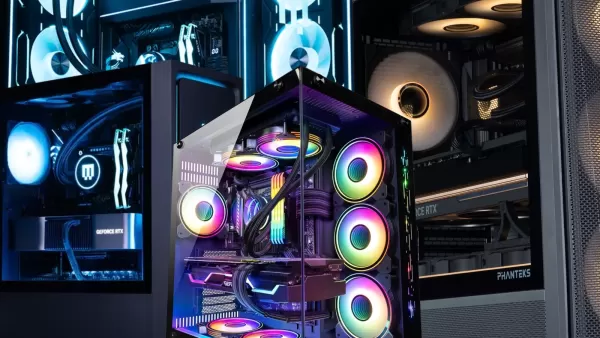
RTX 5080 Running on My Grandpa-Build
After conducting 30 benchmarks across five games, the RTX 5080's raw performance was disappointingly average on my system. However, when I activated DLSS 4, the results were astonishing. While I value the artistic integrity of games, DLSS 4 became my necessary ally.
DLSS 4 is an advanced super sampling technology that enhances performance and image quality. Unique to the RTX 50-series, Multi-Frame Generation (MFG) uses AI to produce up to three frames for every true frame, though it's limited to supported games. Some titles may only support standard frame generation, but you can override this in the Nvidia app.
I first tested the RTX 5080 in Monster Hunter Wilds, a game notorious for its demanding performance. At 4K with the Ultra preset and RT High settings, my PC struggled to reach 60 fps, maxing out at 51 fps without DLSS. Activating DLAA (native resolution) and standard frame generation (2x) boosted performance to 74 fps, achieving my goal of max settings above 60 fps. Switching to Ultra Performance mode pushed it to 124 fps, though Multi-Frame Generation (4x) wasn't natively supported at the time of writing.
In Avowed, my previous attempts to maintain 60 fps at Ultra settings and 4K with RT on were futile. With DLSS disabled, I barely managed 35 fps. But enabling DLAA and MFG transformed my experience, soaring to 113 fps—a 223% increase. DLSS Ultra Performance doubled this figure.
Oblivion: Remastered proved even more challenging. At Ultra, 4K, and RT Ultra without DLSS, I struggled to maintain 20 fps, averaging around 30 fps. Activating DLAA and MFG improved this to 95 fps, and Ultra Performance mode reached 172 fps.
Marvel Rivals, a game I previously enjoyed without issues, demanded precision. At Ultra, 4K with DLSS off, I achieved 65 fps with a 45ms latency. Switching to DLSS Native with MFG increased this to 182 fps but with a 50ms latency. The best latency was with Performance mode and standard frame generation (2x), yielding 189 fps and a 28ms latency.
Lastly, Black Myth Wukong's benchmark tool, limited to standard frame generation, delivered 42 fps at Cinematic, 4K, DLSS 40%, and RT Very High. Enabling frame generation improved this to 69 fps. Theoretically, Multi-Frame Generation could have doubled these gains to 123 fps.
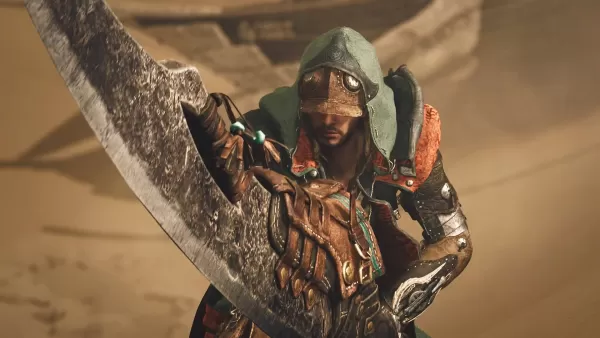
The raw performance of the RTX 5080 on my system was underwhelming, reflecting the limitations of my older components and the modest generational leap in raw power. Yet, DLSS 4 transformed my gaming experience, proving its worth.
You Don’t Need a New PC for a New GPU
While DLSS 4 and Multi-Frame Generation come with trade-offs, such as occasional fuzziness in textures and artifacts, they offer a compelling solution for older systems. These technologies generate frames that don't exist natively, sacrificing some fidelity for increased performance and a visually optimized experience. It's a boon for poorly optimized ports, though I hope developers don't overly rely on such tech for game optimization.
The key takeaway from my experience is that a new GPU can significantly enhance performance even in less-than-ideal setups. I contemplated removing my motherboard fan to fit the RTX 5080 into the PCIe x16 slot but found it unnecessary after seeing what DLSS 4 could achieve.
So, upgrading everything isn't necessary to leverage a new graphics card. You might need a new power supply (the RTX 5080 requires 850W) and appropriate cables, but that's about it. GPUs are costly and scarce, so there's no need to overhaul your entire system.
I'm unsure how long my current setup will suffice before a full upgrade is needed, but DLSS 4 and Multi-Frame Generation have certainly extended its lifespan—enough for me to say hello to Wesker for at least a few more minutes.
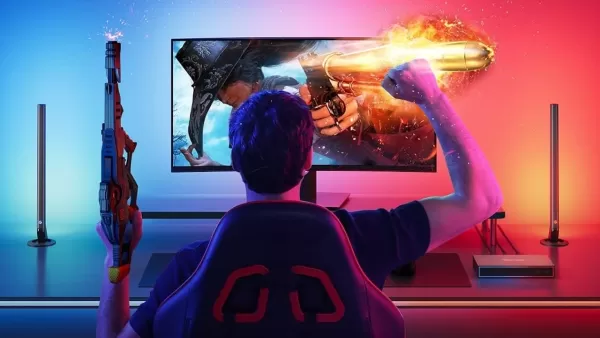
Latest Articles


![1xBet [Updated]](https://imgs.yx260.com/uploads/76/1719623227667f5e3be7616.jpg)








